|
By Diane Wong-Kone From its early beginning in 1900, when conservation-minded folks chose to count birds on Christmas day instead of hunting them, the Christmas Bird Count census has grown to include circles throughout the United States, Canada, and several countries in the Western Hemisphere, even including one count in Antarctica! Heading out early in the morning to brave the cold, sometimes before sunrise and sometimes in icy weather to spend the day looking for birds may seem like a crazy idea for some folks. Every year, though, the Christmas Bird Count tradition grows, bonding friends and people who care about our feathered friends. Bird counts, like the long-running Christmas Bird Count, provide a snapshot day of data that can be compared from year to year. Data comparisons from longer-running counts can show us trends in the numbers of birds detected over time, reflecting how bird numbers are increasing or decreasing, and showing how birds are adapting or possibly not adapting to landscape changes. For example, the first Pelican Newsletter Lahontan Audubon Society published back in 1964 records observations from the Christmas Bird Count held on December 21, 1963. Although that count circle seemed to be centered south of the current Truckee Meadows count circle, a look at that data shows a total count of ten House Sparrows in south Reno. Most people living in Reno and Sparks today can probably count 10 or more House Sparrows within a stone’s throw of where they live. Extrapolate that to a 15-mile-wide circle, and you can imagine the increase in numbers of this urban bird. Conversely, Ring-necked Pheasants, seen in 1963, are hard to find in our area now. As landscapes change, whether from climate change, a natural event, or human development, bird populations will respond, and count data can inform us about the health of our ecosystems, for birds and for us. In December – January of 2023-2024, several Christmas Bird Counts were held around the Reno-Sparks vicinity and extending to nearby states. These counts were published on Lahontan Audubon Society’s website because these count circles were close enough in area, even though still spread out, to attract avid birders in our area. Christmas Bird Counts are a winter tradition, and these counts are generally open to birders of all levels and ages, from novice to experienced. After all, the best way to learn about birds is to watch with another birder! The counts are run completely by volunteers, and dedicated Christmas Bird Count compilers lend their time to recruiting volunteers, facilitating training, and compiling and recording count circle data to the National Audubon Society. Each volunteer participant is responsible for contacting count compilers early, well before count day, so that the compiler can organize the volunteer groups. Compilers are responsible for organizing the teams of birders who can cover the territory in their circle, to find and count all the birds they can see on count day. Ideally, new participants are paired with experienced counters, so that new volunteers may learn how the count works, explore the hidden spots to find rare birds, and to help with recording good quality bird data. Having someone experienced on each team certainly goes a long way toward ensuring that correct bird identifications and numbers are recorded. Pending the number of volunteers available for a count, a compiler may choose, at his or her discretion, how many new volunteers can be accepted to participate. Individual Christmas Bird Count compilers may not be able to adequately assist and train new volunteers if the group becomes too large. For the counts in our general area this year, the number of volunteers at count circles ranged from 7 to 39 people (see figure below). The graph above summarizes the results from several Christmas Bird Counts in our area. The counts are listed left to right in chronological order, by the date each circle was counted in 2023-2024. Two local counts, Honey Lake and South Lake Tahoe, are missing from this graph due to missing data at the time of this report writing. Some notes from Lake Tahoe are included below. Compilers for the different counts often coordinate their dates to allow volunteers time to travel to the different counts on different days. Popular count circuits include Fallon-Truckee Meadows-Carson City and Hart Mountain-Sheldon-Winnemucca. Mostly fair weather this year and relatively warm temperatures maintained open water in our lakes. These weather conditions allowed for high volunteer turnout and counts of water and shorebirds that are not seen every year. The highest number of birds seen in one day was on the Fallon Christmas Bird Count, which recorded a whopping 41,239 birds! The Sheldon National Wildlife Refuge Christmas Bird Count, a relatively new count circle in a remote area of northern Nevada, recorded the fewest number, with 723 birds. As this count continues and the volunteers become more experienced with finding the birds in this area, it may be likely that this circle will experience new species to add to its list and better detections of birds over time. The American Valley Christmas Bird Count in Quincy, CA is also a relatively new count circle that has been running for 15 years. The number of bird species recorded in area Christmas Bird Counts ranged from 38-116 species. Sheldon National Wildlife Refuge recorded the fewest species, and the Truckee Meadows count circle recorded the highest number of bird species seen in one day. The Truckee Meadows count had many experienced count volunteers this year. Although some circles, such as Sheldon, Hart Mountain, Winnemucca, and American Valley recorded new species for their lists this year, several circles reported no new species and some missed species. Below is a brief report of some of the specific count circle highlights. Dec 14 - Hart Mountain After last winter's good snowpack followed by good rainfall last spring, Hart Lake was full, though other Warner Valley lakes to the north remain dry following years of drought. Thanks to balmy temperatures rising to the mid-40s F in the afternoon, Hart Lake was nearly ice-free and packed with waterfowl, including a record-high 740 Ruddy Ducks and the first Canvasbacks and Northern Shoveler in count history. A record number of 56 bird species was recorded this year, beating the previous record of 52 species from 1988. Joel reports that Greater Sage-Grouse numbers were up from last year. Hart Mountain is about a six-hour drive from Reno on dry roads and offers a chance to meet up with local birders from California and Oregon Audubon chapters. Dec 14 - Fallon Substantial areas were wet this year, and there were several areas where the water was not frozen, allowing for detections of water and shorebirds. The area where the LeConte’s Thrasher has been seen in recent years was inaccessible due to all the water. Highlights this year included sightings of two blue morph Snow Geese and high numbers of Dunlin. Rare birds not commonly seen each year included American White Pelican, Long-billed Curlew, American Avocet, Lesser Yellowlegs, and Herring Gull. Crazy fun birds seen this year included Ring-necked Pheasant, 19 Marbled Godwits, and one Western Sandpiper that was identified in Jeff Bleam’s photo of Dunlins. European Starlings were very abundant and made up close to half of the total bird count this day. Dec 15 – South Lake Tahoe This year, Will Richardson reports that Downy Woodpecker sightings outnumbered Hairy Woodpecker sightings by 2:1, which is unusual for Tahoe. New for the Tahoe count were TWO different Sora! Other rarities for the count included Surf Scoter and Iceland Gull. Spotted Towhees and Cassin’s Finches, seen in previous years, were missed this year. Dec 16 – Sheldon National Wildlife Refuge New species added to Sheldon’s list included Trumpeter Swan, Sora, Red-winged Blackbird and a Northern Goshawk. Joel reports that records were made this year for the number of species detected (38, up by 8 species from our previous best) and total numbers of birds. Since this circle has only been counted for eight years, new species are still being added to the Christmas Bird Count list each year. Geothermal springs in the area were a source of open water where two American Bitterns were found. Dec 16 – Truckee Meadows (Reno and Sparks, NV) The Truckee Meadows count recorded the most species of birds seen in one day during the Christmas Bird Counts and Dave mentioned during the tally session that seeing 100+ birds here in winter now isn’t unusual. He notes a general trend increase in urban birds over time, with decreases in once common birds to our area that include Rough-legged Hawk, Killdeer, and Ring-necked Pheasant. Highlight birds for this year’s Christmas Bird Count included Pacific Wren and Acorn Woodpecker. In checking the previous week for the woodpecker, LAS volunteer, Alan De Queiroz noted seeing this bird at 8:00 am in the morning at Lake Park. Right on time with Alan’s observation, this woodpecker showed up at 8:02 on count day! Other fun birds seen on the count included Peregrine Falcon, Williamson’s Sapsucker, Purple Finch, American White Pelican, Eurasian Wigeon, Dunlin, and Iceland Gull. A Northern Pygmy Owl, Juniper Titmouse, Red Crossbill, and a Lesser Black-backed Gull were reported during count week. Acorn Woodpecker and Red-shouldered Hawk in northwest Reno by Diane Wong-Kone. Dec 17 – Carson City Rob digitized the count circle map for volunteers to use with the Avenza app this year, which made it easy for participants to track their paths and circle section boundaries. Rob reports a total of 98 species for the count. This total number of species is a little under the numbers observed over the past few years, but it is good, nonetheless. There were some species that we typically observe but did not this year (Tundra Swan, Barn Owl, Lesser Scaup, Greater White-Fronted Goose, and Eared Grebe to name a few), whereas we had a few species observed that are not that common. Rare or uncommon birds seen included Mute Swan, Black-crowned Night Heron, Spotted Sandpiper, Western Screech Owl, and Fox Sparrow. Dec 17 – American Valley (Quincy, CA) Darryl reports that with little snow on the ground most of the count circle was accessible this year. Precipitation held off just long enough to complete the count. The volunteer turnout was above average with 23 participants. A new species recorded on this count this year was Virginia Rail. Other highlight birds included 29 Cackling Goose and a White-headed Woodpecker. High numbers of Canada Goose, Northern Flicker, Red-breasted Nuthatch, Bewick’s Wren, Ruby-crowned Kinglet, Wrentit, Townsend’s Solitaire, Hermit Thrush, European Starling, Yellow-rumped Warbler, White-crowned Sparrow, and American Goldfinch were also reported. Dec 18 – Winnemucca Kristin reports that 10 new species were added to the Winnemucca count this year including Red-breasted sapsucker, Pacific wren, and Juniper Titmouse! Gawain Geier captured a nice photo of the sapsucker to add to the Macaulay Library of bird photos. Dec 27 – Woodfords The Woodfords Christmas Bird Count, located just south of Minden, was delayed this year due to weather and was counted on December 27th instead of December 20th. This is a long-running count that has been around for 58 years. Dan reports that he would be happy to see more volunteers come out to this circle next year! An average number of bird species were detected this year, with highlights including a Black-backed Woodpecker and Pacific Wren. High counts of ducks included Green-winged Teal and Ring-necked Duck. Dec 31 – Minden Last year, the Minden Christmas Bird Count was cancelled due to torrential rain that flooded the parking area of The Nature Conservancy’s River Fork Ranch Visitor Center, where count participants usually meet up. Fortunately, the count was held this year, with many volunteers, including a visitor from as far away as Pennsylvania! High numbers of birds and numbers of species were recorded this year that broke previous years’ records. Jan 1 – Pyramid Lake Dennis reports a beautiful winter's day with early morning fog that burned off by late morning. Counting at Pyramid Lake on January 1 has become a local birding tradition, where avid birders can start their year lists on this beautiful desert lake on the Pyramid Lake Paiute Reservation. Highlights included a White-winged Scoter at Separator Beach (2nd count record), 2 Orange-crowned Warblers in Hardscrabble Canyon (2nd count record), and American Crow at the delta (3rd count record). We had record high counts for Hooded Merganser (15), Rock Pigeon (40), Northern Flicker (28), Canyon Wren (3), Ruby-crowned Kinglet (18), European Starling (493), Yellow-rumped Warbler (22) and Sagebrush Sparrow (50). In general, the water bird counts, especially grebes and loons, were up from the last several years. Thank you to all the Christmas Count Compilers for sending summaries of all the local circle counts, including Joel Geier, Dave McNinch, Will Richardson, Rob Lowry, Darryl Jury, Kristin Ross, Dan Williams, Ben Sonnenberg, Jim Woods, and Dennis Serdehely. Thank you also to ALL the many volunteers that brave the cold weather to count birds each year. Thank you for a great Christmas Bird Count season! If you would like to read more about this year’s counts, full Christmas Bird Count results will be available on the National Audubon website at: https://netapp.audubon.org/cbcobservation/ . |
topics
All
Archives
July 2024
|
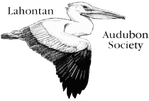

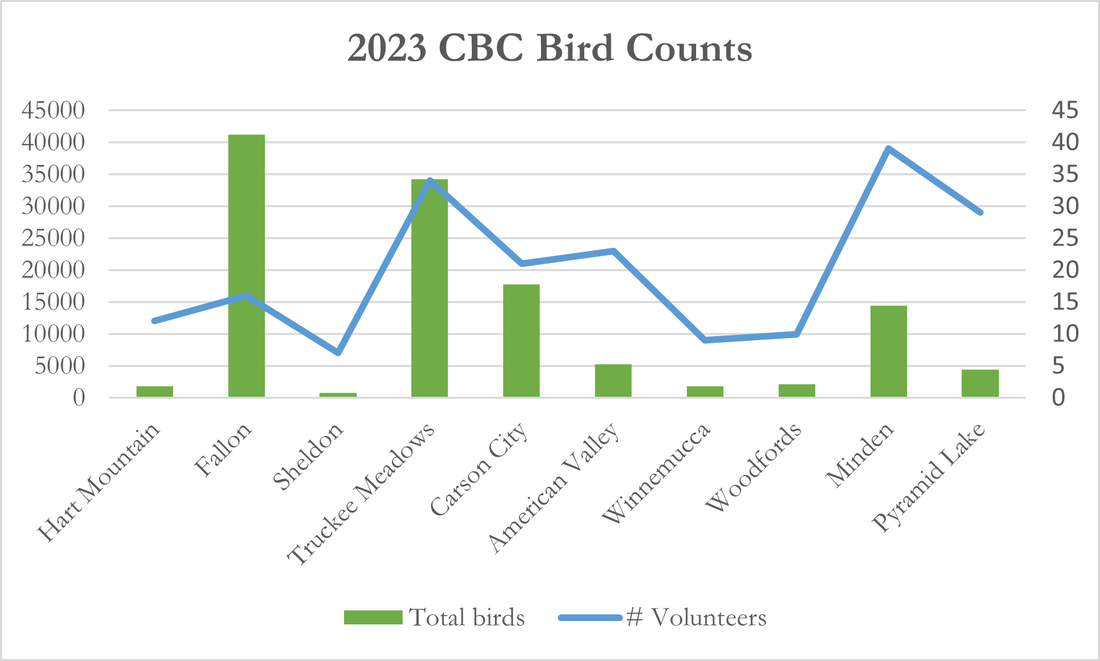
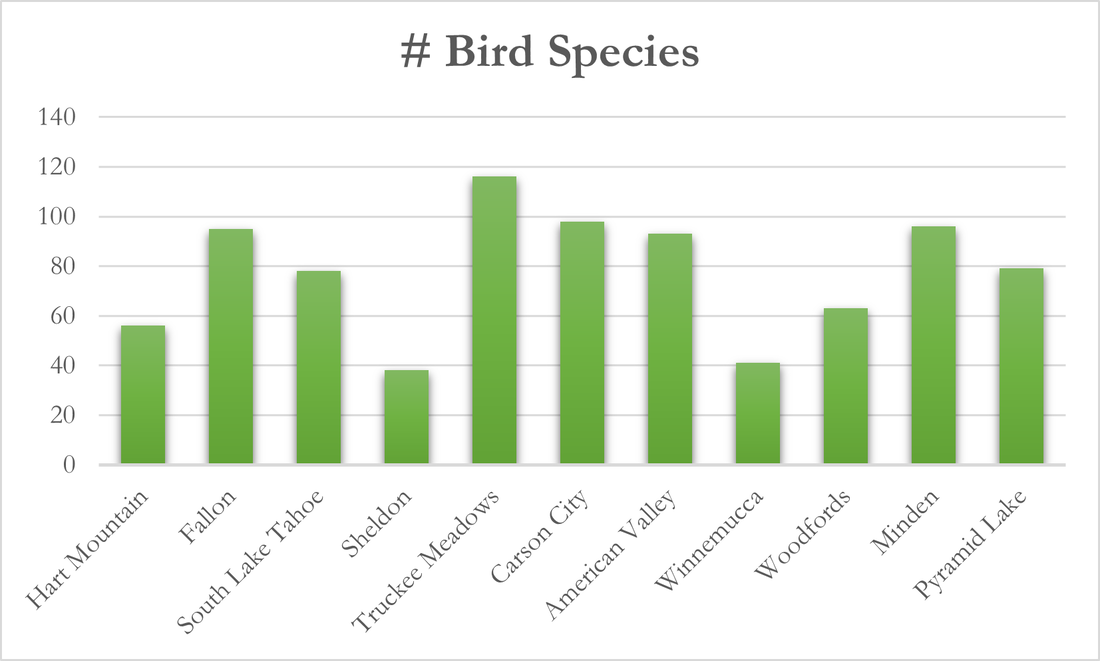
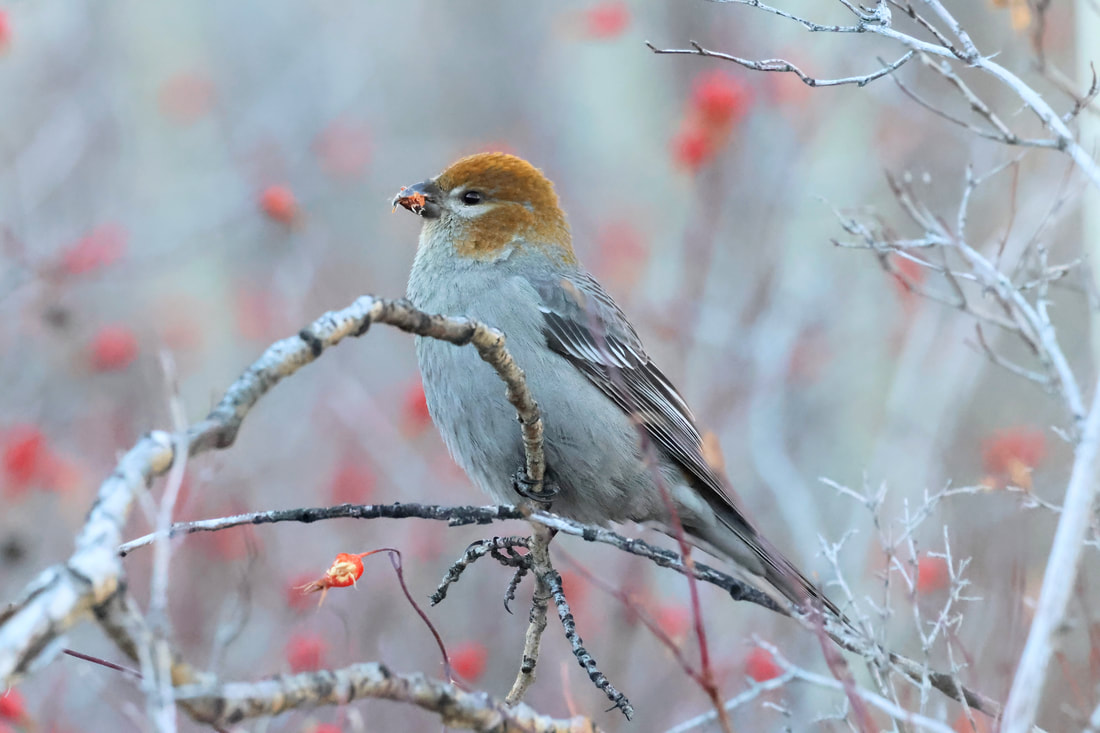
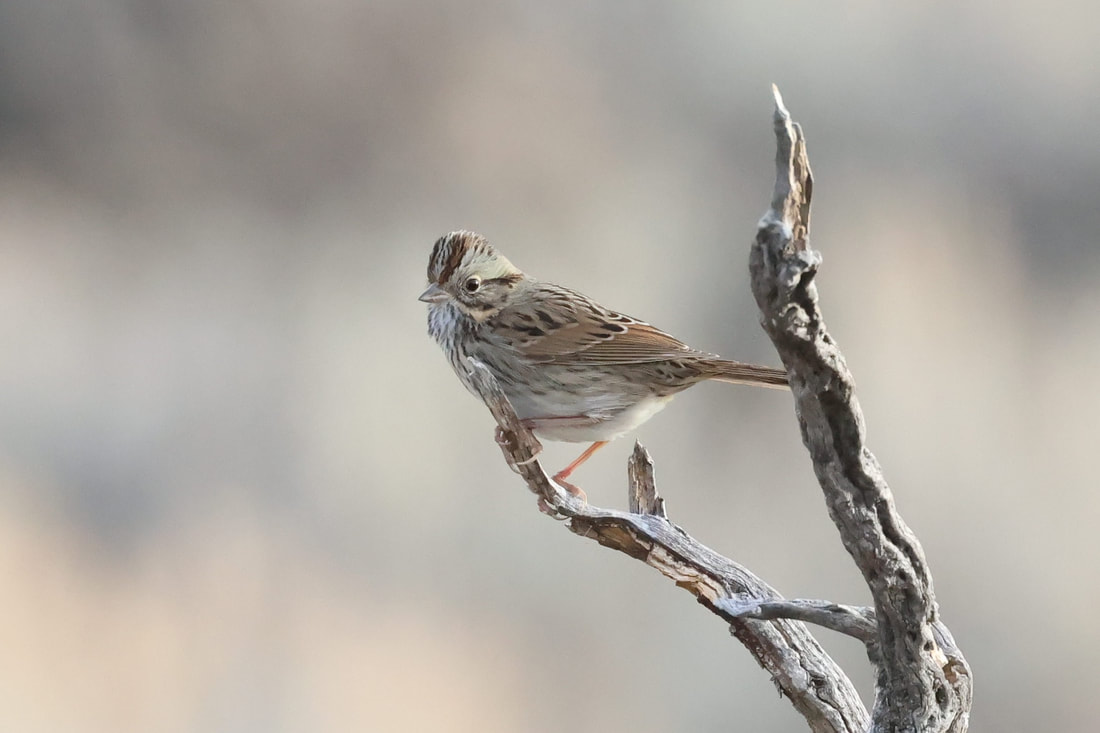
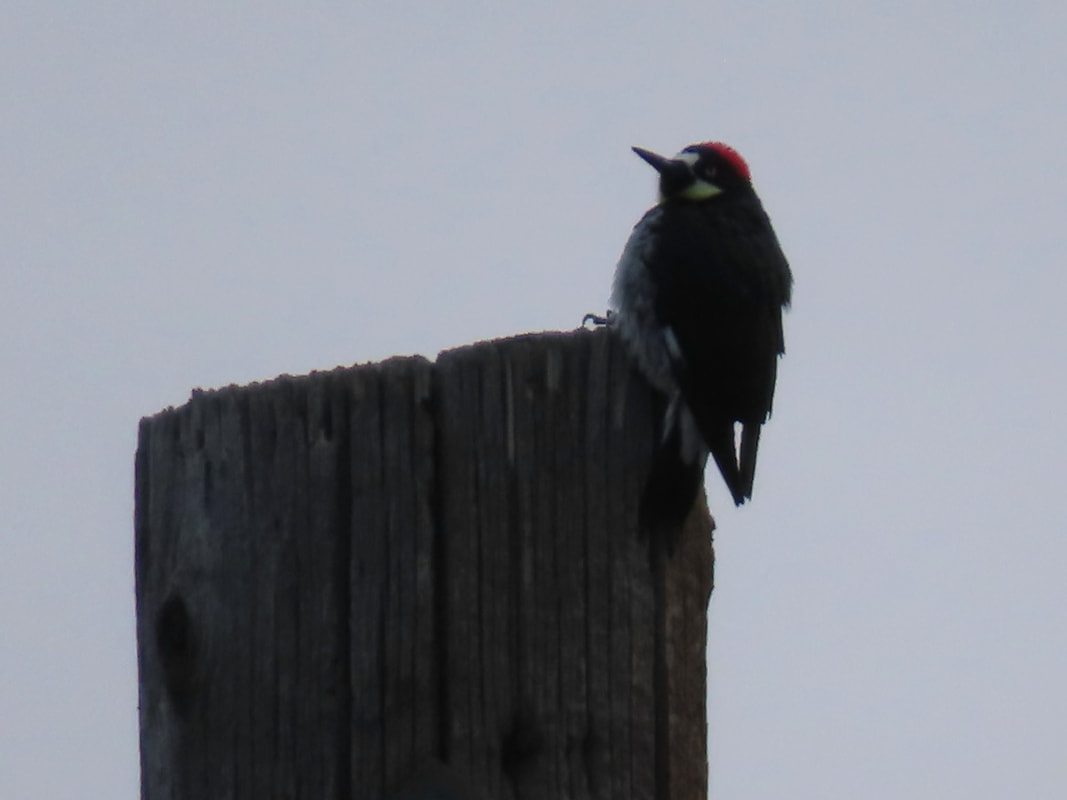
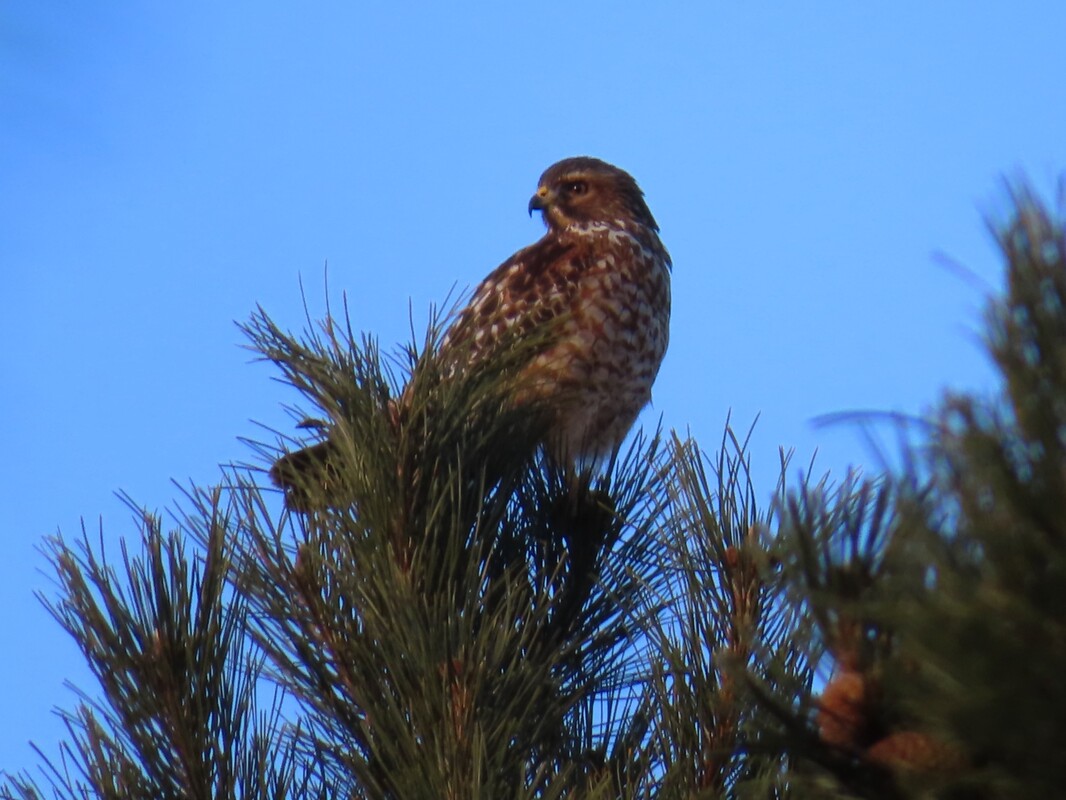
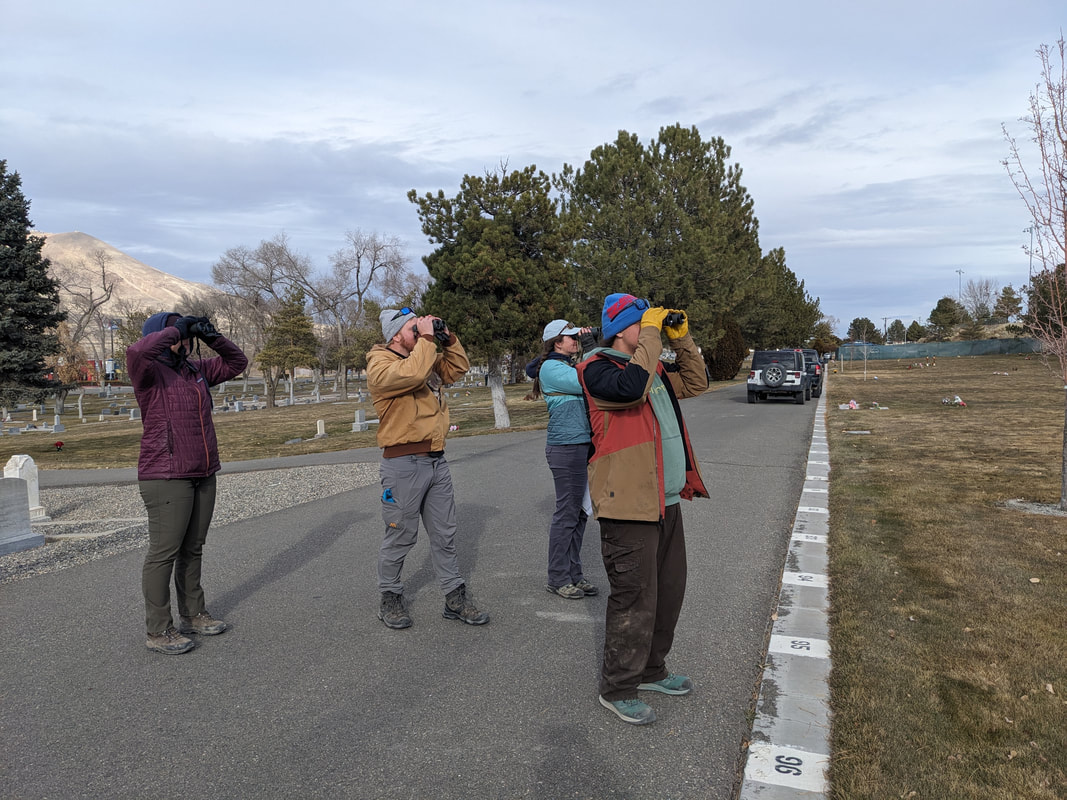
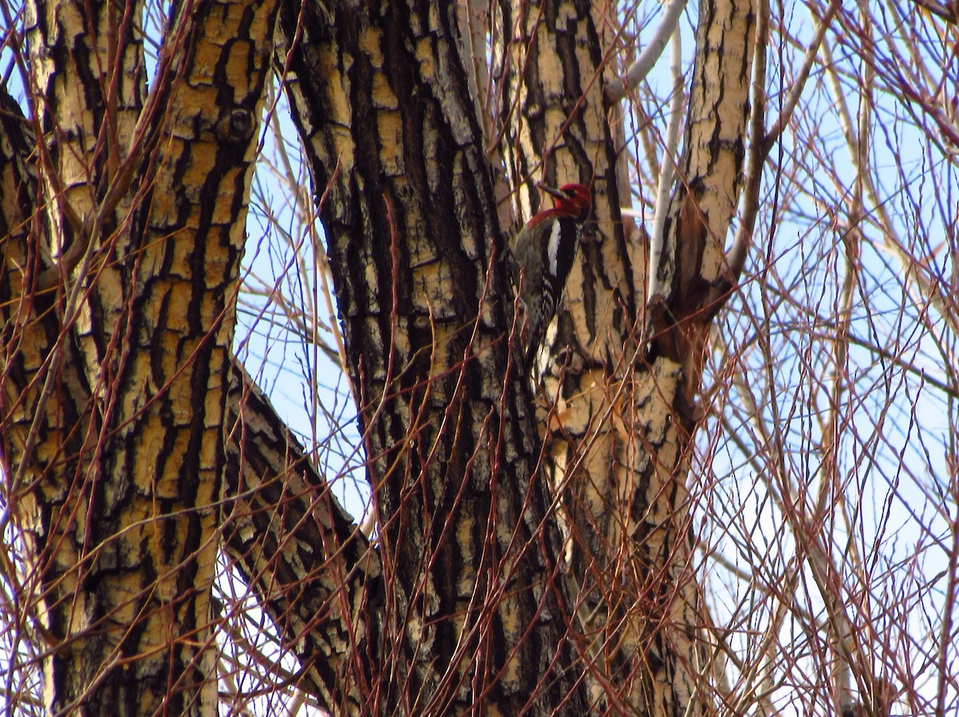
 RSS Feed
RSS Feed